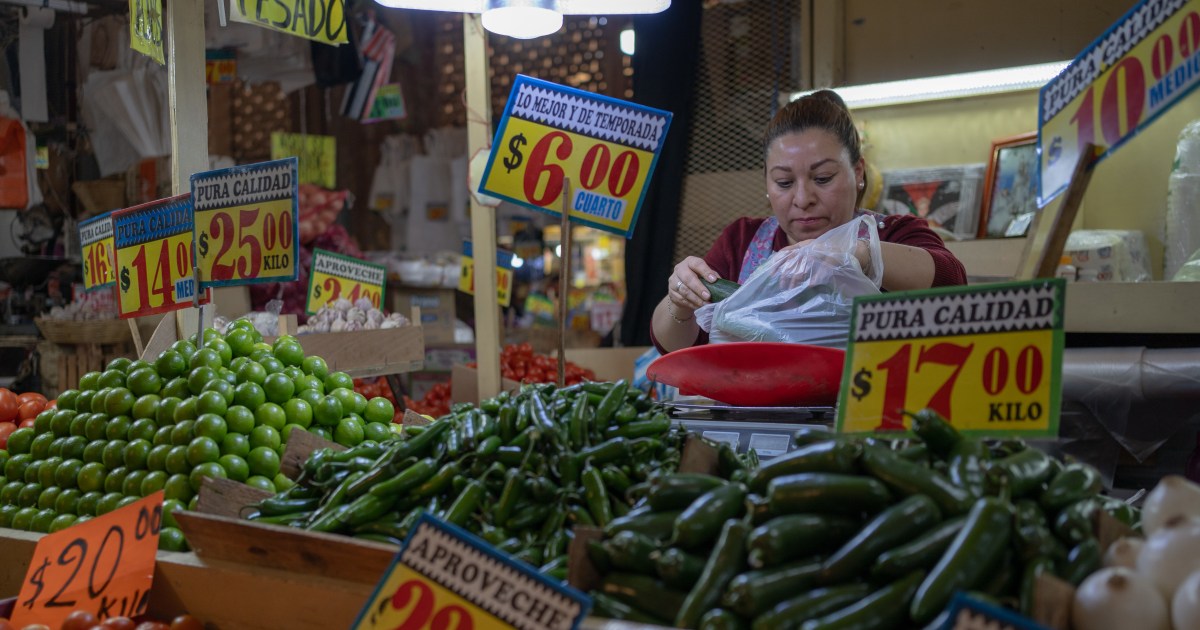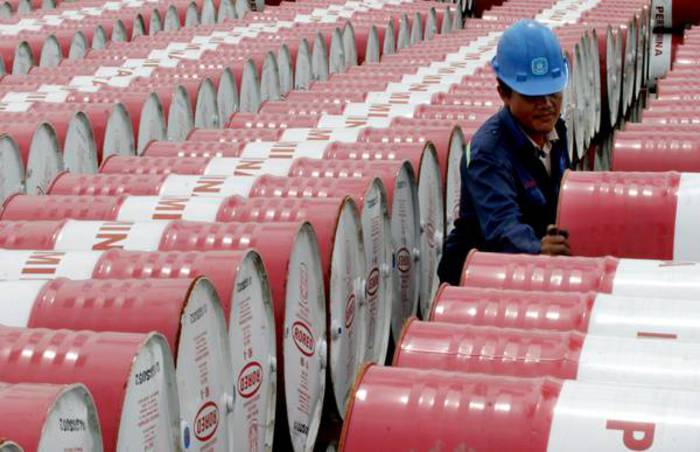A man refills a cylinder of liquefied petroleum gas at a station in Ciudad Juárez, Mexico, during the cold front on February 16.JOSE LUIS GONZALEZ / Reuters
The effects of the energy paralysis in the United States last week continue to be felt in Mexico.
The most extreme temperatures passed and the energy sector in Texas reactivated.
The prices of natural gas, which is used to generate electricity, shot up by up to 7,700% in the United States, but now they have stabilized.
There is no longer a fuel shortage, with the reactivation of refineries, oil wells, natural gas and renewable sources.
However, Mexican consumers are paying more for their energy and, in some cases, prices will continue to rise until the beginning of March.
Despite the fact that the state electric company, the Federal Electricity Commission (CFE), had to look for alternative sources of energy to generate electricity for millions of Mexicans during the shortage in Texas, users will not see this increase reflected in their bills.
Mexico regulates electricity rates to prevent such fluctuations or acts of force majeure from impacting families' pockets.
However, other fuels are on the rise.
The price of liquefied petroleum gas, the fuel on which 79% of Mexican homes depend for cooking and heating water, rose in the last week.
According to the most recent information from the Energy Regulatory Commission (CRE), a kilo of LP gas, as it is known, cost an average of 21.80 pesos in the first week of January.
Despite the fact that the CRE has not published the average figure for the last week, daily data show that some parts of the republic per kilo of LP gas is selling for up to 26.90 pesos, a historically high price.
The increases in prices stemming from the fuel shortage in Texas last week come after a first increase this year, that of oil prices internationally.
Following an agreement between the countries of the Organization of the Petroleum Exporting Countries (OPEC) in which the quantities of oil produced were reduced, crude prices began to advance.
The price of LP gas in Mexico, which is a derivative of oil, rose 9% in January, according to an analysis by Banco Base.
Prices rose in the last week because Mexico also imports this gas from Texas, says Ramsés Pech, an energy analyst at Caraiva y Asociados.
"Like electricity rates, there are other fuels that are regulated," says the expert, "but LP gas is more complicated because it is a free price, and its increase will depend on the conditions in which we import it."
When prices go up in Texas, Pech explains, Mexicans see the effects on prices for two to three weeks.
Gasoline prices have also been rising this year, on account of OPEC production cuts.
To this is now added the effect of the frost in Texas.
At the beginning of the month, the Ministry of Finance announced that starting February 6, the tax on gasoline, the so-called Special Tax on Production and Services (IEPS), would be reduced, a decision that had not been taken since March of last year.
In Mexico, the price of gasoline has two taxes: the IEPS and the value added (VAT), which are an important source of income for the federal government.
When international prices rise, gasoline rises, since much is imported as well, due to the low refining capacity of the state-owned company Petróleos Mexicanos (Pemex).
In order not to affect inflation or an uncontrolled spike in gasoline prices, the government can reduce the tax, something it calls "a stimulus."
"As we import fuel, we depend on the reference price in the United States, so we contain inflation through stimulus," says Pech.
The specialist assures that Mexico buys much of its fuel from Texas in advance.
Only 30% of natural gas, for example, is purchased on the
spot
market
, or in real time.
"What this implies is that when prices rise in Texas, it takes between two and three weeks to feel the effect in Mexico," adds the expert, "in early March we should see increases in gasoline due to the closure of wells. in Texas for the winter, but if prices rise beyond the target set by the Government, then the stimulus will come in. "
Subscribe here
to the
newsletter
of EL PAÍS México and receive all the informative keys of the current situation of this country

/cloudfront-eu-central-1.images.arcpublishing.com/prisa/GEADDSKHAW3FSJXWXCQCO2QANY.jpg)







